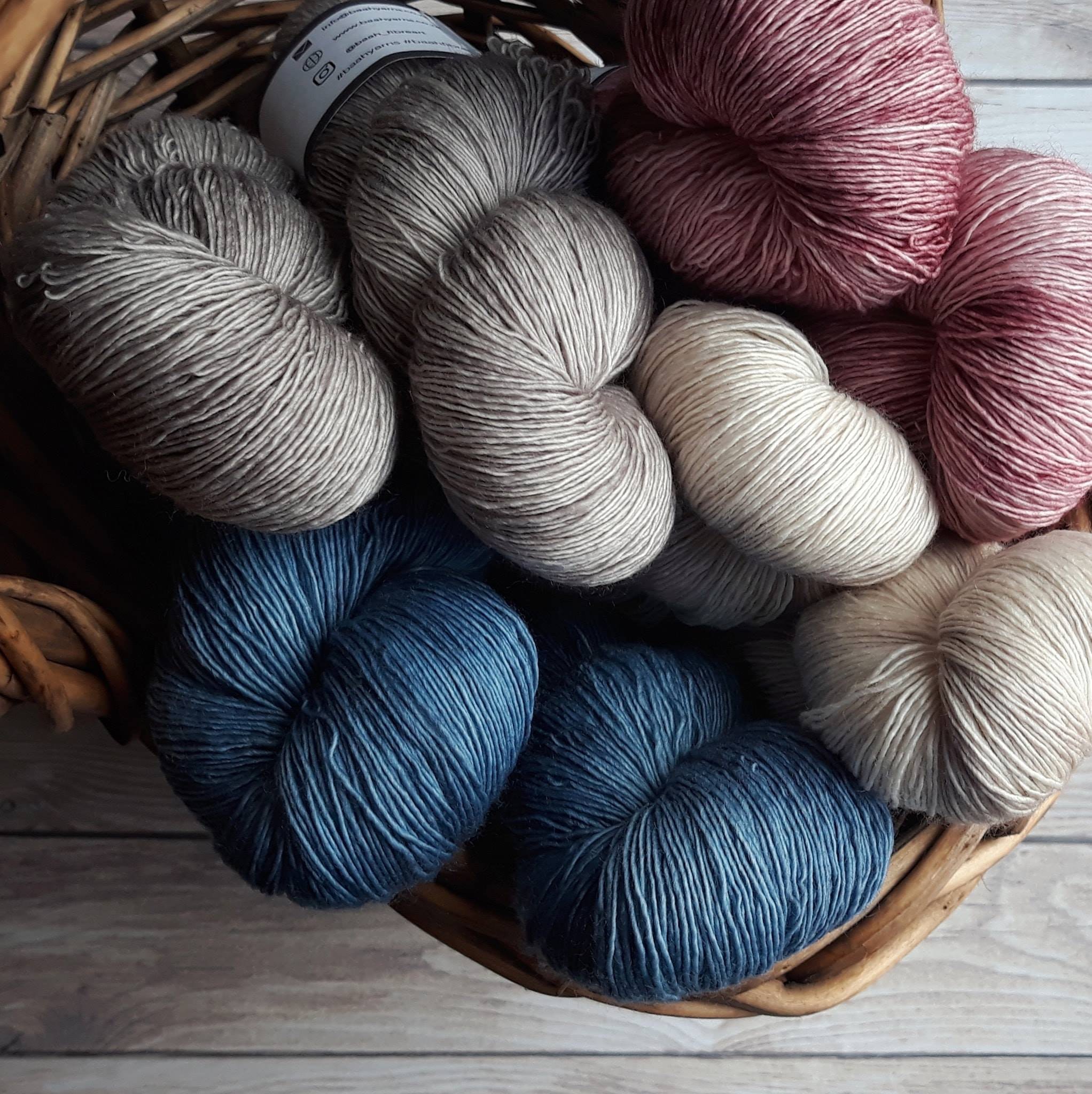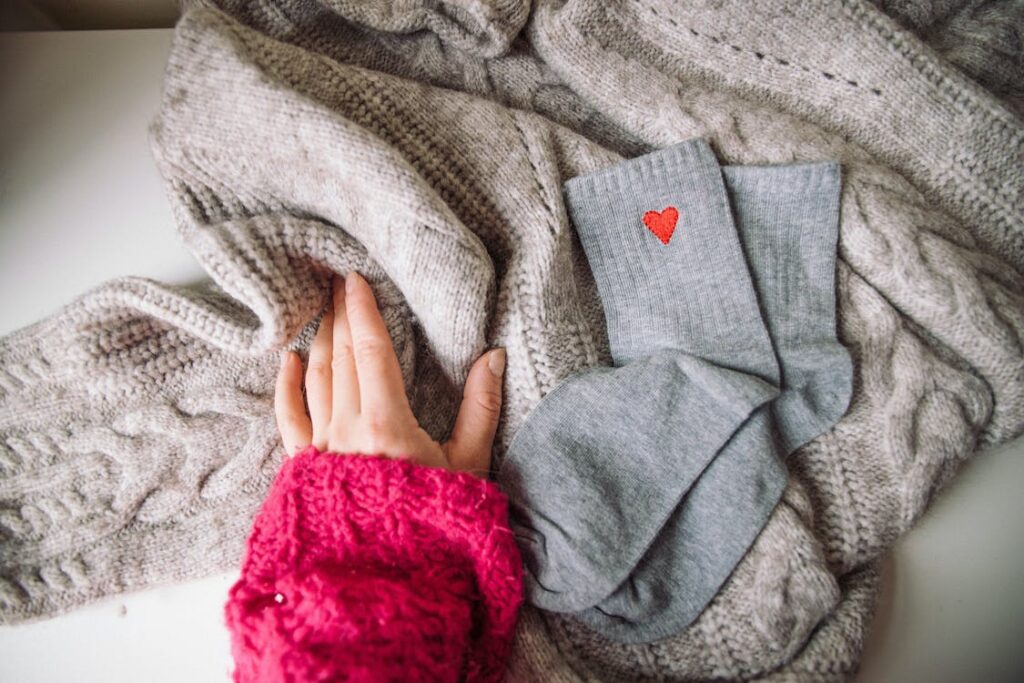Step-by-step articles on how to wash your wool clothing & blankets
Our guide offers five laundry secrets for keeping your wool soft. Get it free instantly when you subscribe to our newsletter.

How to Wash & Care for Wool Clothes
People often think of wool as a tricky fabric to care for, but the good news is that most of the time wool clothing can be washed easily and affordably at home. When washing wool yourself, here are two key points to know:
1. Wool is an antimicrobial fabric, so it may require less frequent washing than you would initially suspect. Wool can usually be washed after three to five wears when no odors or stains are present.
2. Always check the label of your wool garment to see whether it is washable or dry clean only. Washable wool has been treated using specific technologies that prevent shrinkage and damage. Once you’ve determined a wool garment is washable, you can easily hand wash or machine wash it depending on your preference.
Machine Washing Wool Clothes
The process of machine washing wool is straightforward, but should be followed carefully to prevent felting or shrinkage. You’ll want to spot treat any stains or spills when they occur, rather than allowing them to set in. Sometimes using a small amount of wool detergent on the spot and rinsing with cool water will be sufficient to clean the garment. However, when it’s time to wash wool clothing, this is a trusted method:
1. Wash your clothing on the designated wool setting. If your machine doesn’t have this setting, then select a delicate cycle (no spin cycle) with cold water.
2. Always use a gentle, liquid detergent intended for cleaning wool. This helps protect the fibers during the wash cycle.
3. Avoid ever putting your wool in the dryer, as this will cause shrinkage and felting. Instead, reshape the wool garment and lay flat to dry.

Hand Washing Wool Clothes
A simple hand-washing process is perfect for those woolen items that are more delicate, or when a care label specifies the garment is not machine washable. It’s also helpful to know that when a care label says “dry clean” rather than “dry clean only,” you can usually alternate between hand-washing the item and dry cleaning it. For best results, here are the steps you’ll want to follow:
1. First, fill your tub, sink, or washing basin with cold or tepid water. Make sure to avoid water that is ice cold or too hot (above 85 degrees Fahrenheit).
2. Next, you’ll want to add 1 ounce or less of a special detergent for washing wool. Our What To Buy guide has several great detergent options that will fit any budget.
3. Place the garment into the water and gently swirl it around with your hands. You can wash multiple items at a time, but be sure to wash similar colors together. Avoid excessive rubbing or agitation, as it can can cause damage or felting.
4. Allow the clothing to soak for about 10 to 15 minutes.
5. Gently rinse the detergent away with clean, cold water.
6. Finally, remove excess water by loosely rolling your wool in a dry towel and pressing gently. Then reshape and finish drying in a flat position.
Drying Wool the Right Way
There’s two simple rules for drying wool:
- Never, ever put wool in the dryer!
- Whenever possible, dry wool flat.
Following rule one is easy: just don’t do it! Dryers will shrink, cause felting, and damage the wool fibers. Rule two can be a bit trickier, especially for blankets or larger sweaters. Drying racks are a lifesaver here, as they provide you with a sturdy, well-ventilated, flat drying surface when you need it, but that folds up and stores out of the way when you don’t. The one we recommend even has two layers, doubling the drying space for the same footprint.
While it may be tempting, you should never hang wool clothes over the rungs of the drying rack, or along a clothes line. Wet wool is heavy, and this style of hanging puts all of that weight along a single fold line, leading to stretched out and damaged fibers. The one exception here is wool socks: most wool socks are simply too small and light for this to matter and can easily be hung along the rungs. If your socks are especially thin or delicate, though, stick to flat. When in doubt, dry flat!
Now that you’ve got the flat surface part out of the way, it’s always best to dry wool in a cool, well-ventilated spot, away from direct sunlight or any heat sources. Don’t be tempted to put your wool sweater by the fireplace — heat can make wet wool shrink! For more tips on how to wash wool the right way, check out this article!
